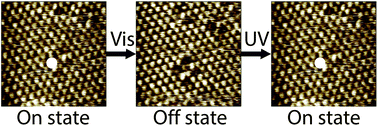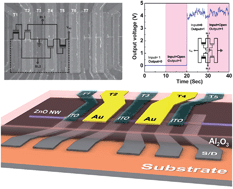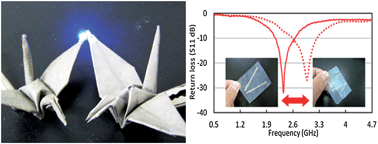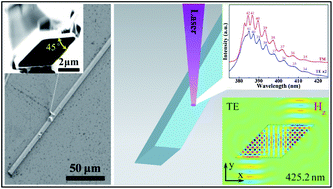In this HOT Nanoscale article the authors report on the biodistribution of gold nanoparticles (Au@DTDTPA) after intravenous injection into healthy rats.
Gold nanoparticles have shown great potential as radiosensitisers for radiotherapy so the biodistribution of the nanoparticles in healthy tissues constitutes a crucial issue that must be addressed to guarantee the optimal use of these particles. Owing to the propensity of gold for absorbing X-ray photons, these nanoparticles behave as contrast agents for X-ray imaging. Moreover, Au@DTDTPA-Gd nanoparticles can be followed up by magnetic resonance imaging (MRI), since the organic shell, DTDTPA, is composed of polyaminocarboxylate ligands which are well known for entrapping gadolinium ions. Both complementary imaging modalities are well suited for monitoring the accumulation in a specific tissue or in a tumor. However scintigraphy appears better suited for a complete biodistribution study because of its greater sensitivity and the possibility to image the whole body for a duration that is compatible with the pharmacokinetics. The authors demonstrated that the replacement of the gadolinium ions by 99mTc and 111In ions renders the Au@DTDTPA nanoparticles suitable for the study of the biodistribution by scintigraphy. The radiolabeled gold nanoparticles (Au@DTDTPA-X, with X = 99mTc and 111In) exhibit high radiochemical purities and radiolabeling stabilities.
The tracking of the radiolabeled Au@DTDTPA nanoparticles by planar scintigraphy and single photon emission computed tomography (SPECT) after intravenous injection associated to the post-mortem analysis showed that these particles exhibit safe behavior: the nanoparticles are removed from the body essentially by renal clearance while no accumulation is observed in the organs (except those involved in the renal clearance (kidneys, bladder)). Moreover the physicochemical properties of Au@DTDTPA-X nanoparticles impede any reticuloendothelial system uptake as reflected by the low uptake by phagocyte-rich organs (liver and spleen).
The follow-up by at least three different imaging modalities (X-ray imaging, MRI, scintigraphy), the absence of undesirable accumulation and the removal by urine suggest Au@DTDTPA nanoparticles are very promising for in vivo applications, especially for image-guided radiotherapy.
Read this HOT article in full today:
The biodistribution of gold nanoparticles designed for renal clearance
Christophe Alric, Imen Miladi, David Kryza, Jacqueline Taleb, Francois Lux, Rana Bazzi, Claire Billotey, Marc Janier, Pascal Perriat, Stéphane Roux and Olivier Tillement
DOI: 10.1039/C3NR00012E












 Scientists working at
Scientists working at 
 A novel zinc oxide microwire optical resonator with parallelogram-shaped cross section has been made by chemists based in China and Taiwan. The material can effectively control light in two dimensions, and could play the part of a building block in the development of optoelectronic devices.
A novel zinc oxide microwire optical resonator with parallelogram-shaped cross section has been made by chemists based in China and Taiwan. The material can effectively control light in two dimensions, and could play the part of a building block in the development of optoelectronic devices. The lys-dex conjugates were spherical in shape with a hydrodynamic radius of 200 nm. Due to the stability of the lys-dex nanogels against changes in pH and ionic strength, in addition to the net positive charge of the lys core produced at pH < 10.7, the nanogels are a suitable substrate for the synthesis of gold nanoparticles.
The lys-dex conjugates were spherical in shape with a hydrodynamic radius of 200 nm. Due to the stability of the lys-dex nanogels against changes in pH and ionic strength, in addition to the net positive charge of the lys core produced at pH < 10.7, the nanogels are a suitable substrate for the synthesis of gold nanoparticles.